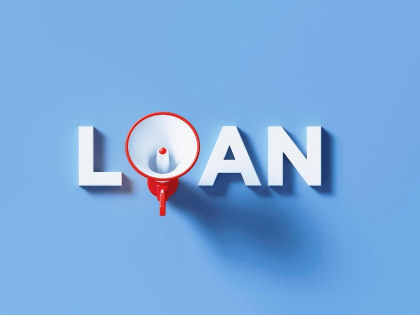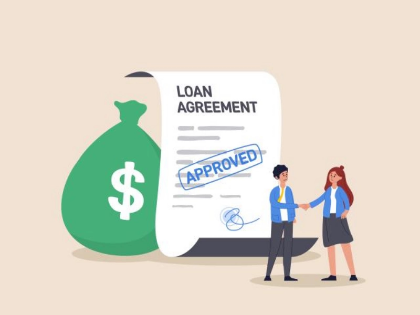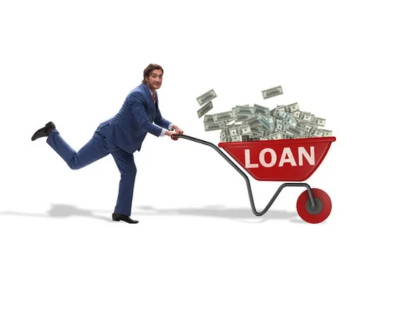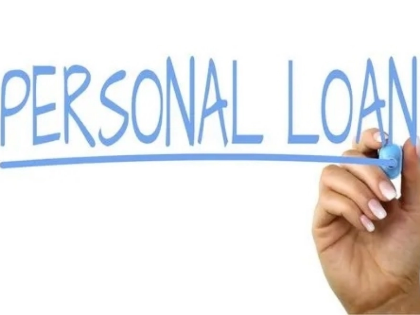How to Handle the Refinancing Procedure
Refinancing requires filling out a loan application and giving your mortgage lender the necessary financial data and documentation, just as when you first purchased your house. Additionally, a home appraisal is required.
There are many other types of lenders available, including mortgage brokers, credit unions, and traditional banks. You can maximize your mortgage and achieve your financial objectives more effectively by refinancing.
1. Identify your goals.
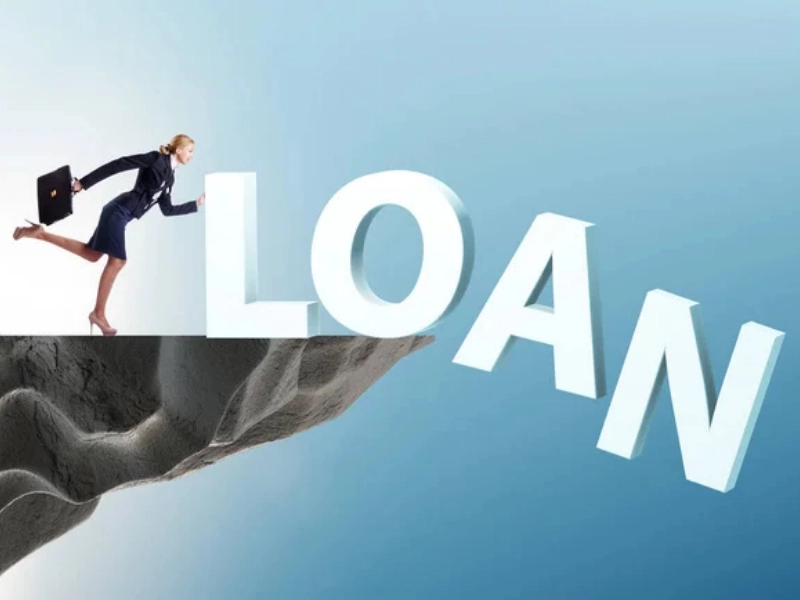
Taking out a new loan with better terms than your previous one to cover the remaining amount you owe on your house is known as a mortgage refinance. Mortgage lenders have conditions that you need to fulfill in order to be qualified, such as credit scores and debt-to-income ratios.
Prior to beginning the mortgage refinance procedure, you should be well aware of your objectives. Refinancing is often worthwhile when you can obtain a lower interest rate and you plan to remain in your house long enough to recover the closing expenses for the new loan.
Refinancing can also be done for other purposes, such as to reduce your monthly payment, shorten the duration of your loan, or take equity out to pay for home improvements, debt consolidation, or other needs. A fixed-rate mortgage, which is more stable than a variable-rate mortgage, can be adopted with the aid of refinancing.
2. Compile records

A lender will require documentation of your obligations, assets, income, and credit score before granting you permission to refinance. They will also do an appraisal to determine the property's value. Having these files ready will help expedite the approval procedure.
Pay stubs, W-2 or 1099 statements from the previous two years, mortgage and home equity loan documentation, and bank account statement amounts are usually requested by lenders. A list of all of your bills, including credit card debt, personal lines of credit, and student loans, might also be requested.
You can use a refinance to improve your financial situation, cut your monthly payment, or access the equity in your house for remodeling work. However, such advantages may be offset by closing fees and a longer loan period. You can save money and time by being organized and obtaining the required paperwork in advance.
3. Utilize

Taking out a new loan that pays off and replaces your old one is part of the process of refinancing your mortgage. Together with your financial records, a home assessment, and your credit report, you will need to fill out a fresh application with the lender.
Getting a better rate is the primary motivation for refinancing your mortgage. Throughout the course of your loan, you can save thousands of dollars by lowering your interest rate, which can also lower your monthly payments. Moreover, you might be able to go from an adjustable to a fixed-rate mortgage or shorten the duration of your loan.
Refinancing your mortgage might also be done to consolidate debt or access equity. It's critical to consider these choices and assess how well they fit your financial situation and ambitions. Your new loan payments will begin as soon as your refinance closes.
4. Obtain an evaluation

After the lender has finished reviewing your credit report and reviewing your financial records, they will request an appraisal of your home. This is a necessary procedure that contributes significantly to closing costs.
Refinancing is a common strategy used by borrowers to reduce mortgage rates, adjust loan terms, access home equity, and consolidate debt. But it's crucial to take the risk and expense of refinancing into account.
Spending some time improving your credit score is also a smart idea, since it can influence both the interest rate and how easy it is for you to qualify for a refinance. Expenses for loan applications, mortgage insurance, credit reports, appraisals, title services, lender origination and administration, surveys, and legal expenses are all included in the closing costs of a mortgage. They may total thousands of dollars in total.
5. Finish

Lenders will proceed with mortgage underwriting once all loan documentation is in order. The lender will appraise your property and run a credit check during the procedure. The underwriting is finished after the closing date, which typically takes 30 to 45 days. You will take out a new mortgage on the day of closing in place of your current one. Although the conditions of the new mortgage can differ, homeowners frequently decide to refinance in order to combine debt, receive a shorter mortgage term, or reduce interest rates.
Many homeowners find that refinancing makes financial sense, but it's important to balance the costs of refinancing against the savings realized. Make sure to figure out your break-even threshold before deciding whether to refinance.


